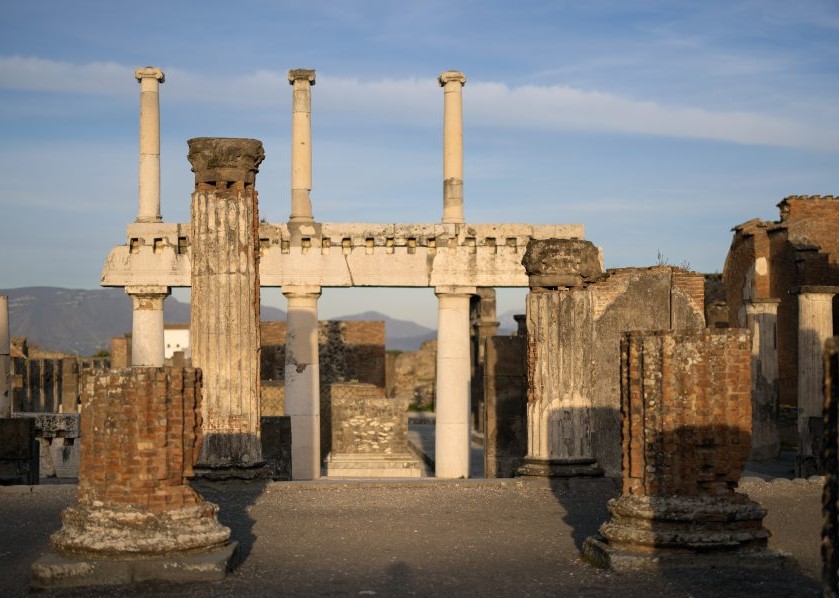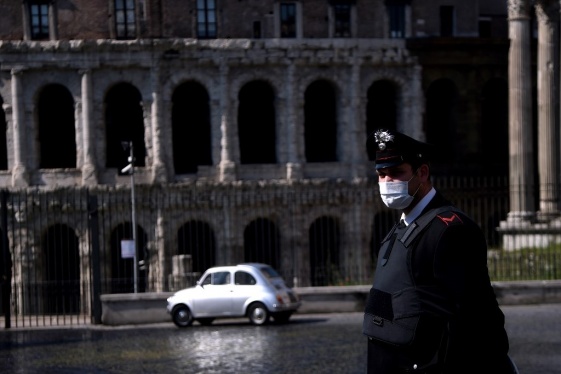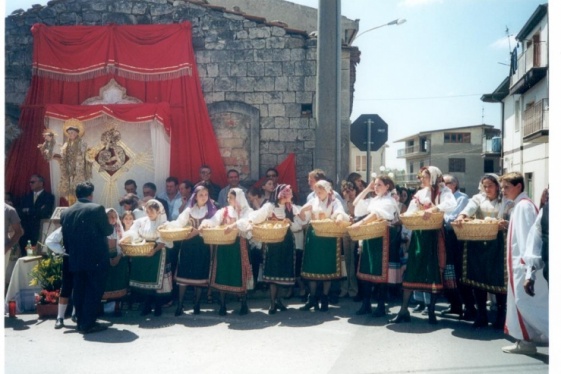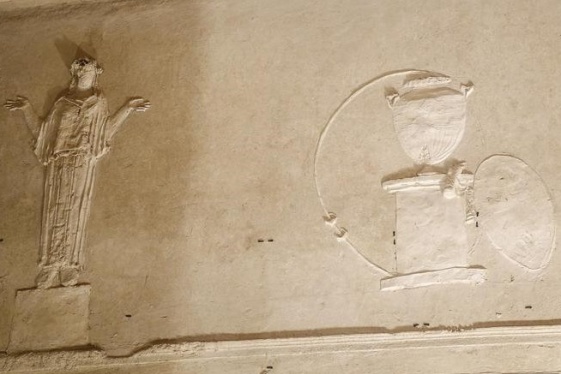

BY: Elisabetta Povoledo
On a recent morning at the necropolis of Porta Sarno, just outside Pompeii’s eastern edge, Mattia Buondonno gingerly raised a protective tarp covering a tomb discovered last year. According to the inscription on the tomb’s pediment, its occupant was a freed slave named Marcus Venerius Secundio, who became rich and “organized performances in Greek and Latin that lasted four days,” Buondonno, a Pompeii tour guide, read, translating from the Latin.
Inside the tomb, believed to date to just decades before the eruption of Mount Vesuvius that smothered Pompeii in AD 79, archaeologists had discovered one of the best preserved skeletons ever found. “It’s odd for that time. Normally adults were cremated,” Buondonno said.
SOURCE: https://www.ekathimerini.com
You may be interested
-
Arnaldo Trabucco, celebrated medical practit...
Arnaldo Trabucco, MD, FACS is a leading urologist who received his medical training at ins...
-
Musement, the Italian App to travel “as you...
by Claudia Astarita Musement – the Italian innovative online platform – has launc...
-
'A piece of flying Italy around the world': T...
Ciao ciao, Alitalia. Italy's storied flag carrier has announced it will no longer issue ti...
-
'A summer without travel': How long will Ital...
As the Italian government prepares to bring in “phase two” of the national lockdown measur...
-
'A Ziarella va in America: tournèe in Arizona...
‘A Ziarella va in America. Non è un titolo da film, ma una piacevole realtà. Il...
-
'Basilica of Mysteries' reborn in Rome
The so-called 'Basilica of the Mysteries' has been reborn in Rome. The basilica, one of th...
-
'Beautiful' Italian lake hides a 'mysterious'...
Water can hide all kinds of secrets. But while shipwrecks and sea creatures might be expec...
-
'Dragon Bones' of Santa Maria e San Donato
The Basilica of Santa Maria e San Donato dates to the seventh century, back when the islan...










